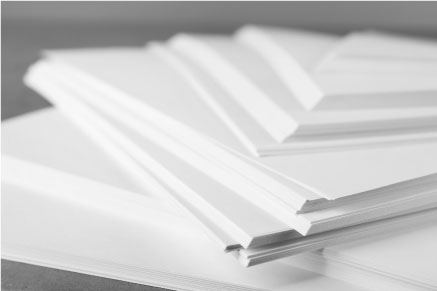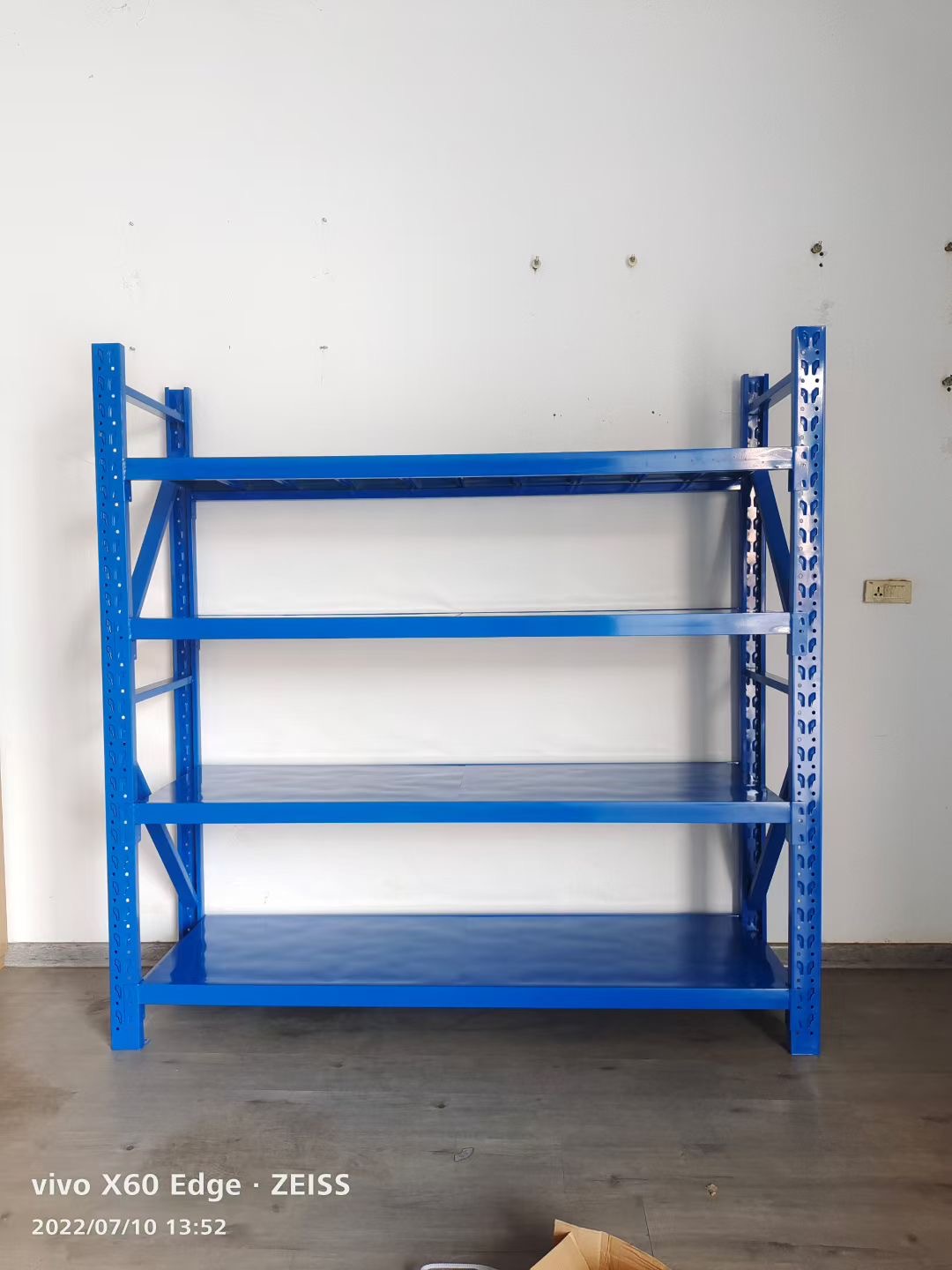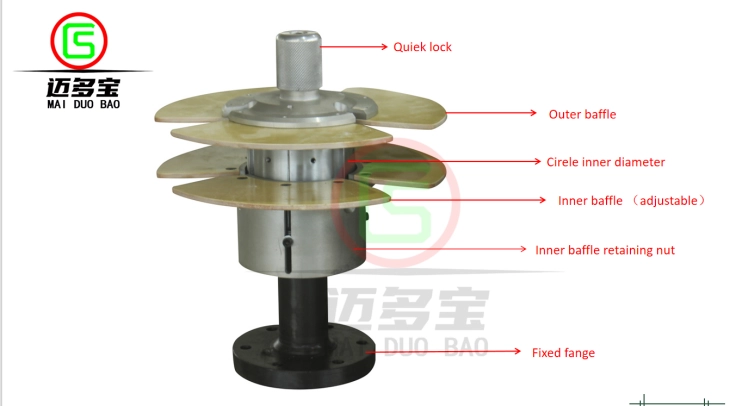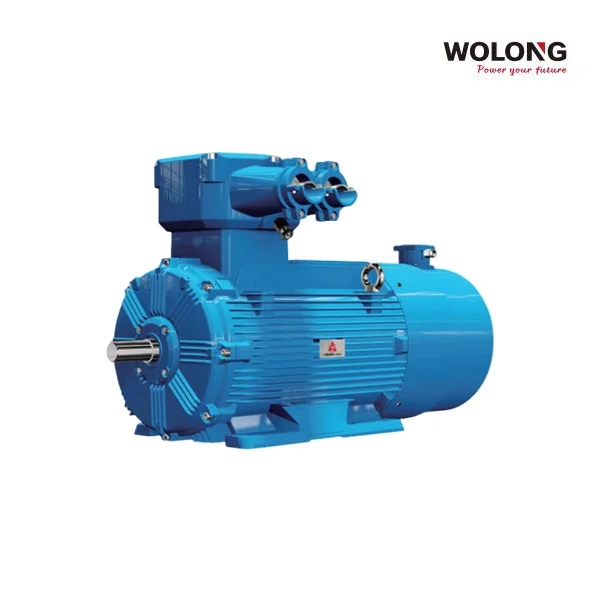
In today's digital age, paper may seem like a relic of the past. However, it still holds a significant place in our lives, whether it's for printing important documents, creating art, or simply jotting down notes. But how can you tell if the paper you're using is of high quality? In this blog post, we will delve into the intricacies of paper quality and provide you with valuable insights to help you make informed decisions.
- Understanding Paper Weight:
One of the key indicators of paper quality is its weight. Paper weight is measured in grams per square meter (gsm) and determines the thickness and sturdiness of the paper. Generally, higher gsm indicates a higher-quality paper. For instance, standard printer paper typically has a weight of around 80 gsm, while premium papers can range from 100 gsm to 300 gsm. Thicker paper not only feels more substantial but also resists tearing and ink bleed-through. - Evaluating Paper Texture:
Texture plays a crucial role in determining the quality and feel of paper. Smooth, consistent textures are often associated with high-quality paper. When examining paper, run your fingers gently across the surface to check for any roughness or unevenness. High-quality paper should have a uniform texture, allowing for smooth writing or printing. Additionally, a well-textured paper enhances the visual appeal of printed materials, making colors and images appear more vibrant. - Analyzing Paper Brightness:
Brightness refers to the amount of light reflected by the paper's surface. Higher brightness levels result in better contrast and readability, especially for printed text. The brightness scale ranges from 1 to 100, with 100 being the brightest. When selecting paper, opt for a brightness level of 90 or above for optimal print quality. Brightness also affects the overall appearance of printed materials, giving them a professional and polished look. - Assessing Paper Opacity:
Opacity refers to the paper's ability to prevent show-through from the other side. High-quality paper should have excellent opacity, ensuring that ink or pencil marks do not bleed through to the reverse side. To test opacity, hold the paper against a light source and observe if any light passes through. The less light that passes through, the higher the opacity, indicating better quality paper. - Considering Paper Composition:
The composition of paper can significantly impact its quality and durability. Look for papers made from high-quality materials such as cotton, linen, or wood pulp sourced from sustainable forests. These materials contribute to the longevity and strength of the paper, making it resistant to yellowing, tearing, and deterioration over time. Additionally, eco-friendly paper options are gaining popularity, offering a sustainable choice without compromising on quality.
Conclusion:
Identifying high-quality paper involves considering various factors such as weight, texture, brightness, opacity, and composition. By understanding these key indicators, you can make informed decisions when selecting paper for your specific needs. Whether it's for professional documents, artistic creations, or personal use, investing in high-quality paper ensures a superior experience and long-lasting results.





